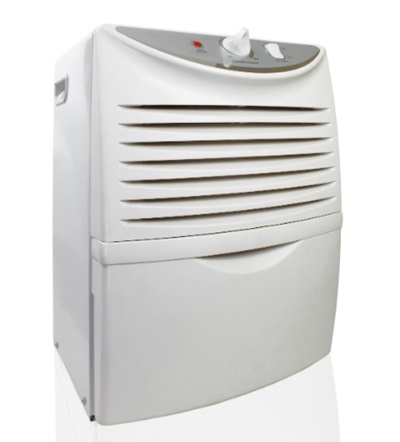Measure Twice, Buy Once
Air conditioners dehumidify the air while cooling it, so most air conditioned rooms don’t have moisture problems. But in some areas of the home -- basements, laundry rooms, bathrooms, and other rooms without HVAC vents -- excess moisture can create a clammy environment and musty odors. That’s where a dehumidifier can work wonders.
If you're in the market for a dehumidifier for your home, we want to discuss some of the most important factors in making your decision.
Crisp Air By the Pint
The most important measure of a dehumidifier’s abilities is its pint removal capacity. This is literally the number of pints of moisture a unit can remove in a 24-hour period. Finding the right capacity is a matter of measuring the square footage of the space you want to dehumidify and assessing the dampness level.
The Association of Home Appliance Manufacturers (AHAM) has created a sizing guide to help you estimate the appropriate capacity based on space size and condition:
| Area of Space in Square Feet | |||||
| Condition without dehumidification | 500 | 1,000 | 1,500 | 2,000 | 2,500 |
| Moderately damp | 10 pints | 14 pints | 18 pints | 22 pints | 26 pints |
| Very damp | 12 pints | 17 pints | 22 pints | 27 pints | 32 pints |
| Wet | 14 pints | 20 pints | 26 pints | 32 pints | 38 pints |
| Extremely wet | 16 pints | 23 pints | 30 pints | 37 pints | 44 pints |
Where Do Those Pints of Moisture Go?
Determining your pint removal capacity will considerably narrow your search for the perfect humidifier, but there are other considerations besides brand and price. Perhaps the most important is the water storage and disposal method.
The most affordable models typically drain moisture into a removable container which must be manually emptied. In extremely damp areas, this container may need emptying as often as once per day. But if you plan to place your dehumidifier near a floor-level drain, you can select a model with a hose that will continuously drain collected moisture. You can even choose a model with a pump that can drain water into a sink or basin situated above the dehumidifier.
Other Bells and Whistles

